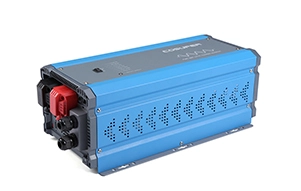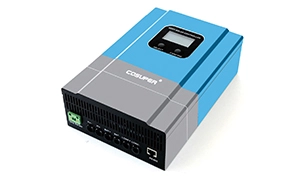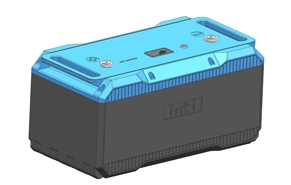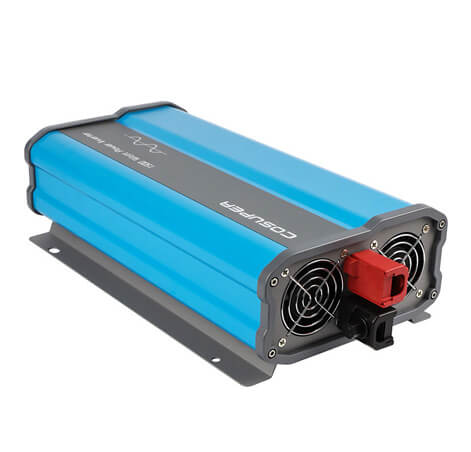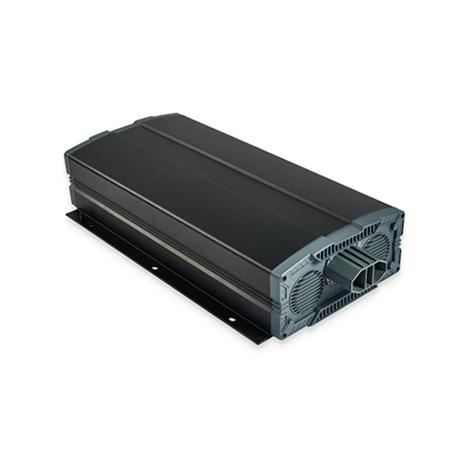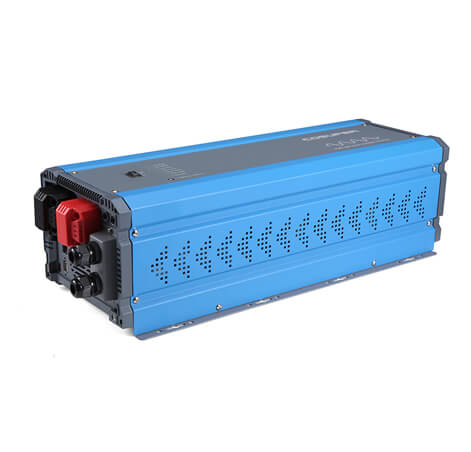Definition of solar inverter
An inverter, also known as a power adjuster or power regulator, is an essential component of a photovoltaic system. The main function of a solar inverter is to convert the direct current generated by solar panels into alternating current used for household appliances. All the electricity generated by the solar panels must be processed by the inverter before it can be output to the external grid. Using an active bridge circuit, which is generally processed by a processor, modulated, filtered, boosted, and other functions, a sinusoidal alternating current matching the frequency of the lighting load, rated voltage, and other parameters is provided to the terminal users of the system. With an inverter, direct current batteries can be used to provide alternating current to appliances.
Functions of solar inverter
A solar inverter not only has the function of converting direct/alternating current, but also has the function of maximizing the function of solar cells and maintaining the system. In summary, it includes automatic operation and shutdown function, maximum power tracking control function, anti-isolation operation function (used in grid-connected systems), automatic voltage regulation function (used in grid-connected systems), direct current detection function (used in grid-connected systems), and direct current grounding detection function (used in grid-connected systems). Here, we briefly introduce the automatic operation and shutdown function and the maximum power tracking control function.
Automatic operation and shutdown function
After sunrise in the morning, the intensity of solar radiation gradually increases, and the output of solar cells increases as well. When the output power required by the inverter is reached, the inverter starts operating automatically. After entering operation, the inverter continuously monitors the output of the solar cell components. As long as the output power of the solar cell components is greater than the output power required by the inverter, the inverter continues to operate. Even in rainy and cloudy weather, the inverter can operate until sunset. When the output of the solar cell components decreases and the output of the solar inverter is close to 0, the inverter enters standby mode.
Maximum power tracking control function
The output of solar cell components changes with the intensity of solar radiation and the temperature (chip temperature) of the solar cell components. In addition, because the voltage of the solar cell components decreases as the current increases, there is an optimal operating point that can obtain maximum power. The intensity of solar radiation is also changing, and the optimal operating point changes accordingly. Equivalent to these changes, the system always keeps the operating point of the solar cell components at the maximum power point, and the system continuously obtains the maximum power output from the solar cell components, which is called maximum power tracking control. The most significant feature of the solar inverter used in a solar power generation system is that it includes this function of maximum power point tracking.

 English
English 